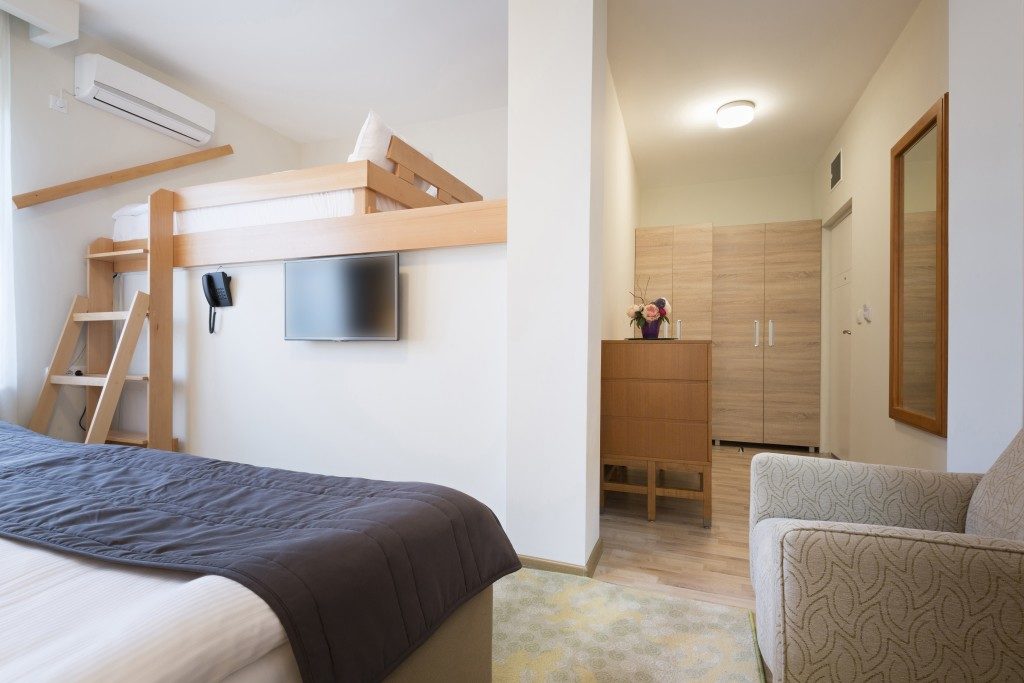A room is only as big as it is organised. A well-arranged room may hold twice as many items as a disorganised one. It all comes down to the suitability of the items to the room, especially for furniture. There is also a need to eliminate any redundant pieces of furniture as they occupy extra space, which may be used as a pathway or in holding additional items.
Custom Furniture
The use of custom furniture provides the best way of maximising space. There are reliable online furniture stores in Singapore from which you can place orders for specifically tailored pieces. Custom pieces of furniture such as sofas and cabinets fit in their desired places, ensuring space maximisation. Imagine placing a three-seater sofa in a space meant for a two-seater sofa. There is a high likelihood that the sofa will not properly fit in its designated space. The sofa will end up occupying some extra space, which might have been designated for a coffee table. The result will be a disorganised room as items will appear clustered together. It reduces the available space to be used as a pathway as the oversized items take up extra floor space.
Dealing with Waste
Waste refers to all redundant items in a room. It covers unused furniture, boxes, and even outdated files. Waste items tend to occupy unnecessary space, reducing the available space for use. Redundant items often go unnoticed due to people’s familiarity with them. For example, assuming that a homeowner buys a bigger TV set than they previously had, it is very likely that they will place the old TV set in a box and never use it again. The box occupies unnecessary space that would otherwise be used in holding a useful item. Instead, such redundant items ought to be disposed of. It does not necessarily mean that the items should be thrown away. An old TV set may be resold or even recycled. That is a better alternative than storing it without any plans to use it in the future.
Additionally, it is essential to note that it is not compulsory for all the items to be placed on the floor. In an office space, for example, shelves may be installed to be used for storing physical files. This eliminates the need for cabinets.
Available Space

Many people tend to just place items in a room without any predetermined order. It is only after the items fail to fit in the room that they begin to rearrange and shift certain items, hoping to create extra space. This is discouraged. Instead, take some time and evaluate the available room space to determine the number and size of items that can fit in a room. It eliminates the chances of purchasing items only to find that there is no space.
The goal of planning room space is to achieve a neat and well-organised setting. It is one thing to successfully fit everything in a room and another to achieve a neat setting. Planning the space ensures that all items are placed strategically while still preserving enough space to move around the room.

